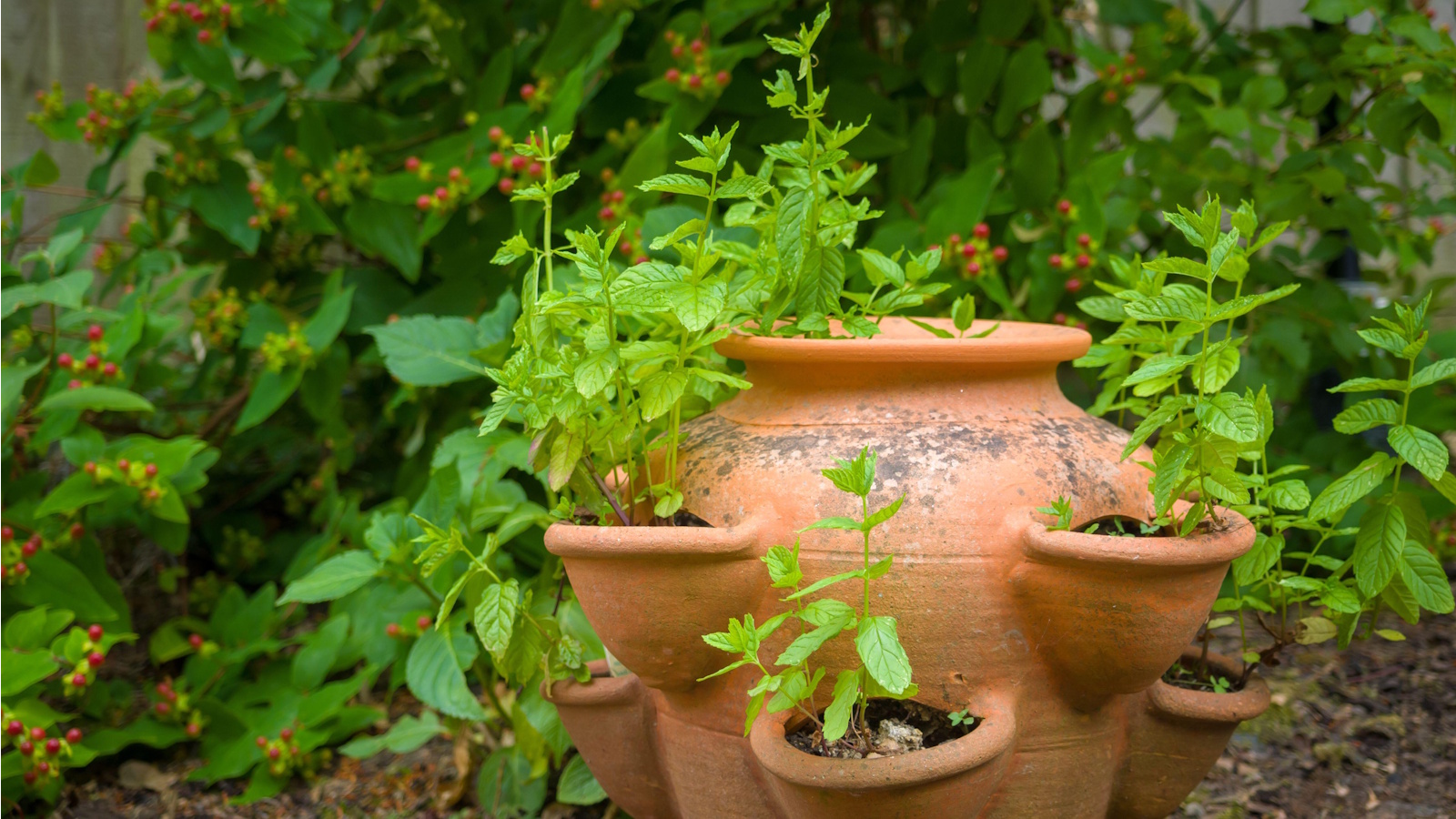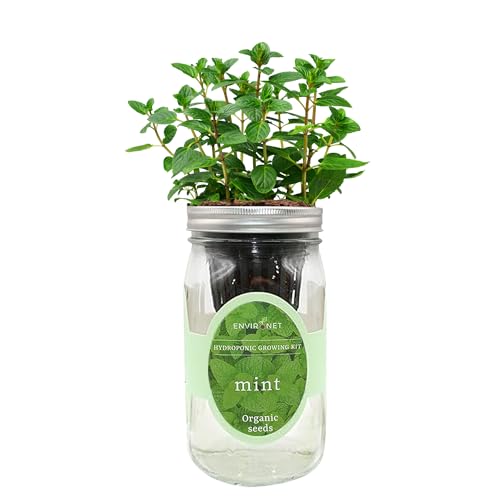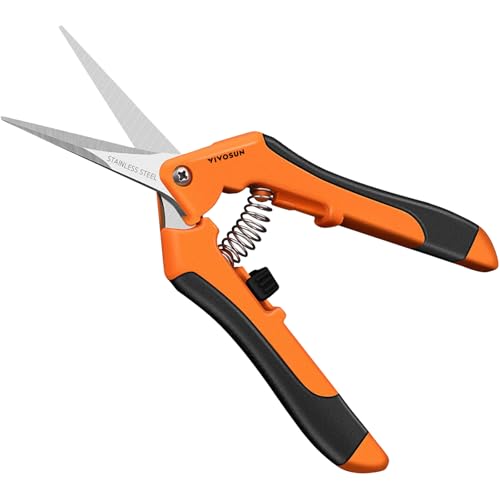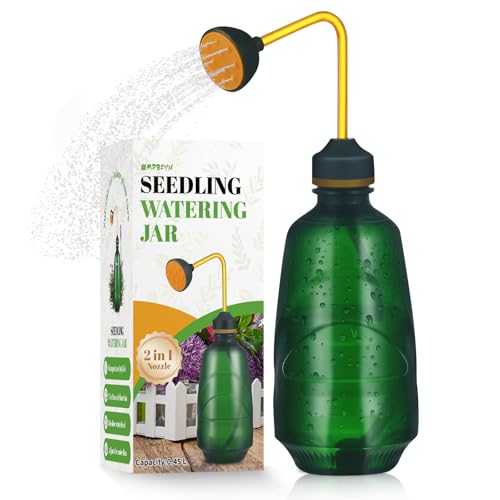Why is my mint turning brown? Discover the causes of this common problem, and simple ways to fix it
Mint is a herb prone to a range of pests, diseases, and environmental stress


I enjoy growing herbs in my yard for cooking, and to bring fragrance to my outdoor space. One herb I have always struggled with, though, is mint. It's prone to a wide range of issues, including mint turning brown.
If you've tried to grow mint, you might have also come across this issue. Even the easiest mint varieties out there are susceptible to attacks from pests, fungal diseases, and nutrient deficiencies – all of which can cause mint to go brown.
One of the most common causes is mint rust, a fungal disease that affects not only mint, but also marjoram and savory plants. However, this isn't the only cause of mint turning brown. Here, I've outlined several causes behind this common problem and what you can do to resolve them.
What is mint rust?

I discovered mint rust was the cause behind my mint turning brown. It's a fungal disease caused by the fungus Puccinia menthae which causes mint plants (and some others) to have orange and brown pustules and patches on their leaves, giving a rusty appearance.
Mint rust is primarily a result of overly wet and humid conditions, where the fungus thrives. It can also spread through debris, soil, and contact with infected plants.
The result can distort shoots and cause defoliation, as well as browning foliage.
When I noticed mint rust, I acted fast to prevent spread. This included pruning mint to remove infected plants before black resting spores formed and infected the soil. Luckily, I was growing my mint in a pot, so this contained the disease in early stages. Growing mint indoors is likely to also contain the issue.
Design expertise in your inbox – from inspiring decorating ideas and beautiful celebrity homes to practical gardening advice and shopping round-ups.
If your infected mint is growing in a bed with other plants, make sure to remove infected rhizomes and consider reportioning remaining healthy stems elsewhere to reduce likelihood of infection.
Another treatment option is immersing rhizomes in hot water of 111ºF for around 10 minutes. Make sure to use a water thermometer (from Amazon) to ensure the temperature doesn't go any higher than 111ºF – this could kill off the plant.
Other reasons your mint is turning brown

If you don't believe your mint is turning browning due to mint rust, there's another likely explanation.
One of the most common herb gardening mistakes is getting watering wrong. When it comes to mint growing, overwatering can lead to root rot. At the same time, this herb doesn't like to grow in a dry environment.
To get moisture levels right, I recommend using this soil moisture meter from Amazon. Top your mint up with water when the meter indicates the soil is dry one or two inches down.
Mint turning brown can also be a result of leaf scorch. This herb appreciates plenty of sunlight, but they're also quite shade-tolerant, with sensitive leaves that don't do well in direct sun for too long at a time.
To resolve this problem, simply reposition your mint plant somewhere more protected from the sun.
It could also be that your mint is browning from a lack of essential plant nutrients. In particular, nitrogen is important for healthy vegetative growth, but a good balanced fertilizer (from Amazon) will give your mint a boost of all the nutrients it needs.
In a similar vein, your mint could be turning brown from a poor soil type and needing repotting, if grown in containers. As a herbaceous perennial, you can expect your mint to get bigger each year, so make sure to repot with a larger container as needed to support its growth.
FAQs
Can you revive a wilted mint plant?
Yes, it is possible to revive a wilted mint plant. You'll need to prune away damaged foliage, as this won't recover. Use essential pruning tools (like these herb snips from Walmart) to do this. You should then provide the plant with optimal growing conditions. Consider providing it with fresh potting soil, placing it somewhere warm and bright, but sheltered from direct sun, and don't allow its soil to dry out entirely. During active growth, it can also be beneficial to fertilize mint every few weeks for a boost of nutrients.
As a precaution, I'm now propagating my mint plant to ensure I can keep my supply growing. It's easy and straightforward to do, plus mint roots really quickly in water. Consider also adding some herbs that grow well together with mint to your herb garden to encourage healthy and robust growth.
Shop herb garden essentials

Tenielle is a Gardens Content Editor at Homes & Gardens. She holds a qualification in MA Magazine Journalism and has over six years of journalistic experience. Before coming to Homes & Gardens, Tenielle was in the editorial department at the Royal Horticultural Society and worked on The Garden magazine. As our in-house houseplant expert, Tenielle writes on a range of solutions to houseplant problems, as well as other 'how to' guides, inspiring garden projects, and the latest gardening news. When she isn't writing, Tenielle can be found propagating her ever-growing collection of indoor plants, helping others overcome common houseplant pests and diseases, volunteering at a local gardening club, and attending gardening workshops, like a composting masterclass.


